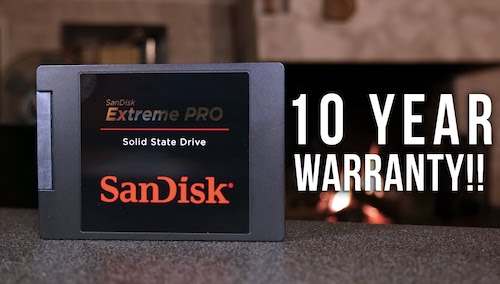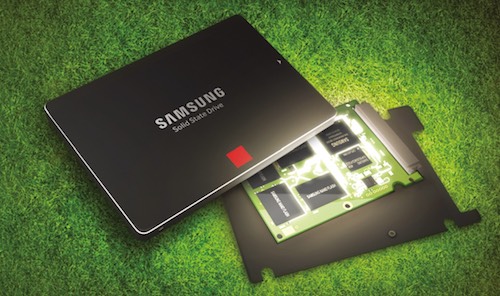Android Data Recovery
How to Choose a Micro SD Card for Your Android Phone
-- Saturday, February 18, 2017

Know More About micro SD card And Choose a Suitable One for Your Android Phone
What's the difference between SDHC and micro SDXC?When you choose to buy a microSD card, you would notice there are usually two kinds of SD card:micro SDXC and SDHC card for your choice. So what is the difference between the microSD formats?SDHC stands for "Secure Digital High Capacity" while SHXC stands for "Secure Digital eXtended Capacity". The difference between these two microSD formats is simply the amount of data they can store. SDHC cards have a capacity of 2GB to 32GB. Alternatively, SDXC cards can range from 32GB to 2TB. In this way, you can distinguish the micro SDXC and SDHC card easily.

What does 'class' mean on a microSD card?
Manufacturers use “speed classes” to measure an SD card’s speed. For micro SDXC and SDHC card, there is no difference in the quality or security or speed. The transfer speed depends on the "CLASS" of the card mentioned on it and not on whether it is a SDHC card or SDXC. The SD Association that defines the SD card standard doesn’t actually define the exact speeds associated with these classes, but they do provide guidelines.
MicroSD card are available in various different speed classes — 10, 6, 4, and 2. 10 is the fastest, while 2 is the slowest. So a Class 2 card reads and writes data at 2 MB/s, while a Class 10 card does so at 10 MB/s. Class 2 is suitable for standard definition video recording, while classes 4 and 6 are suitable for high-definition video recording. Class 10 is suitable for “full HD video recording” and “HD still consecutive recording.”
What does UHS mean on a micro SD card?
UHS stands for Ultra High Speed, and uses a number in the letter U to denote the class. The UHS Speed Classes defined by the SD Association are UHS Speed Class 1 (U1) and UHS Speed Class 3 (U3). A UHS class 1 card writes at a minimum of 10MB/s and a UHS class 3 card writes at a minimum of 30MB/s.
Recommended micro SD card:
1) SanDisk Extreme Pro SSD
Featured with a standard 2.5-inch internal drive that's 7mm thick and supports SATA 3 (6Gbps) interface, the SanDisk Extreme Pro SSD has top performance and the longest warranty to date. The drive works in any application where a standard SATA hard drive is being used. Note that most new computers support SATA 3. If you've been holding off on getting an SSD for your computer, this is the drive you've been waiting for. It's priced competitively too. The suggested friendly pricing of $189 for 240GB, $369 for 480GB, and $599 for 960GB.

2)Samsung SSD 850 Evo
The Samsung SSD 850 Evo delivers great performance with useful features, at an affordable price. The drive is available with up to 2TB of storage space, though it only carries a 5-year warranty instead of the 10 years the Pro model offers. With the 850 Evo, the drive's flash memory cells are stacked in up to 32 layers, which allows for significantly more cells in the same number of wafer bits. If you've been eyeing the Samsung SSD 850 Pro but can't quite afford it, the 850 Evo is an excellent alternative or even better choice.

Memory cards are used in Digital Cameras, Music Player, Smartphones and even in laptops. So choosing a suitable microSD card for your Android device is very important if you want to extend the memory storage. After reading this article, have you learn how to choose a correct one? If you have any question, please leave us a message below.






















